
Fireball caught on AllSky6 camera over SoCal
A space debris reentry occurred over SoCal on Jan. 29th (PST - Jan 30 UT). This event has been reported by at least 60 witnesses and it has been caught on a AllSky6 camera by one of our operator

A space debris reentry occurred over SoCal on Jan. 29th (PST - Jan 30 UT). This event has been reported by at least 60 witnesses and it has been caught on a AllSky6 camera by one of our operator
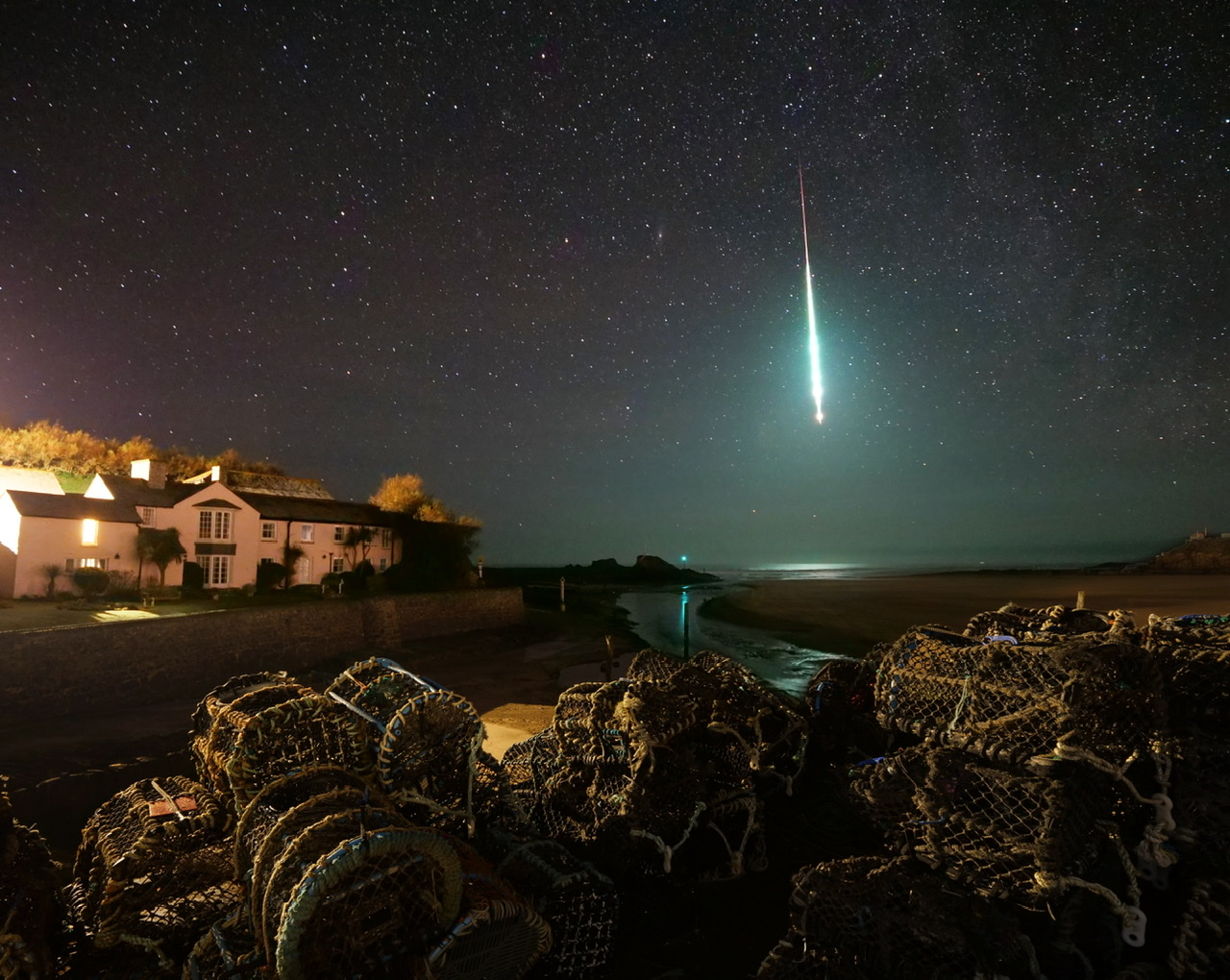
During this period the moon waxes from new to nearly half-illuminated. This weekend the moon will lie near the sun and will be invisible at night. As the week progresses the waxing crescent moon will enter the evening sky but set long before the more active morning hours arrive.
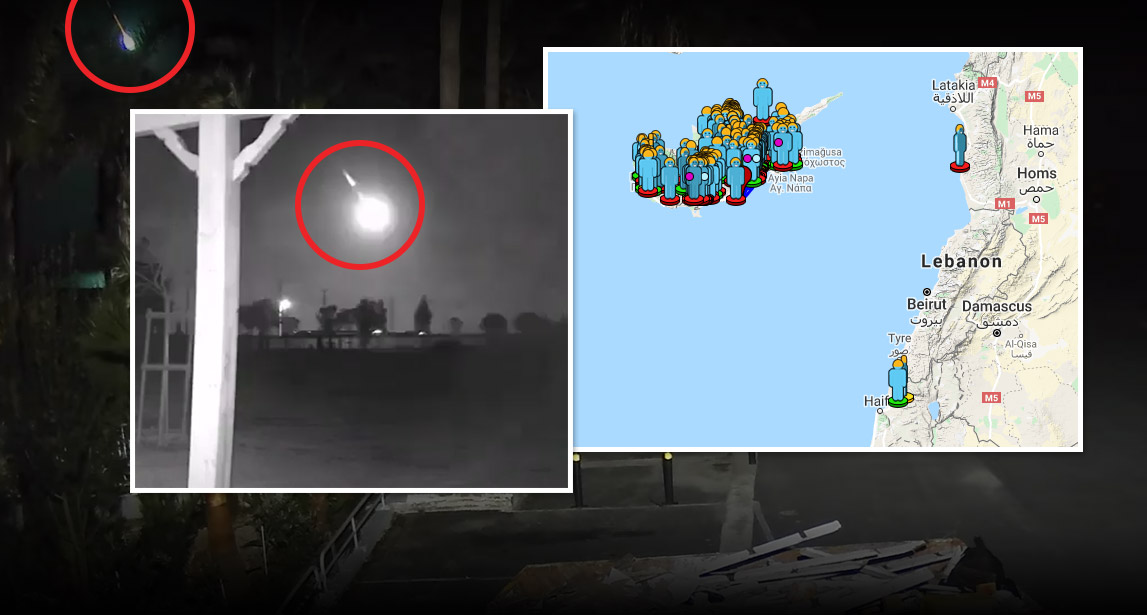
185 reports so far (and many videos) about this 100t TNT event seen from Cyprus, Lebanon and Israel.
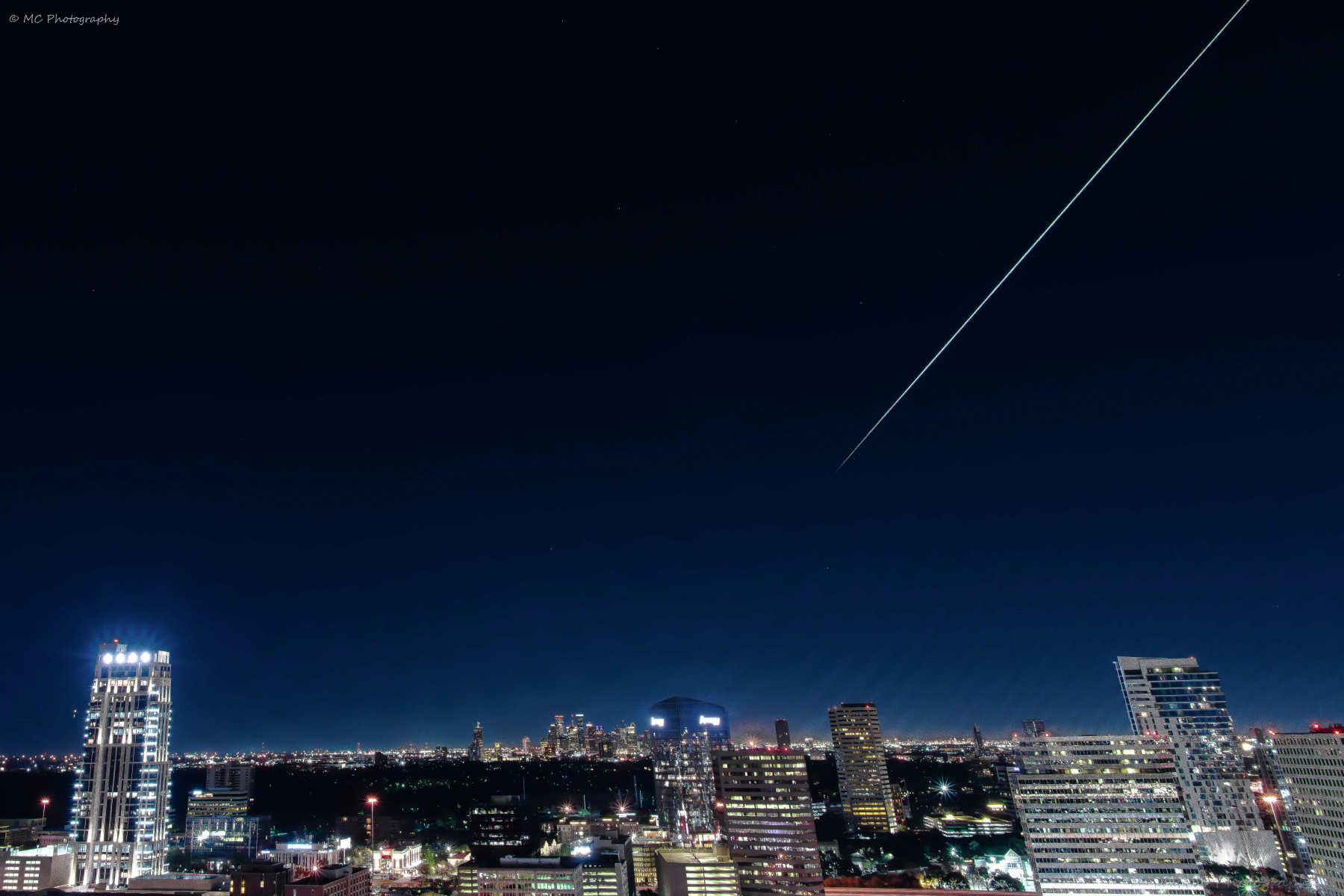
During this period the moon reaches its last quarter phase on Saturday January 18th. At this time the half illuminated moon will rise near 0100 local standard time (LST) and will remain in the sky the remainder of the night. Useful meteor observations are possible at this time as long as the bright moon is kept out of your field of view. Lunar conditions will improve with each passing night as the moon wanes and rises later in the morning.
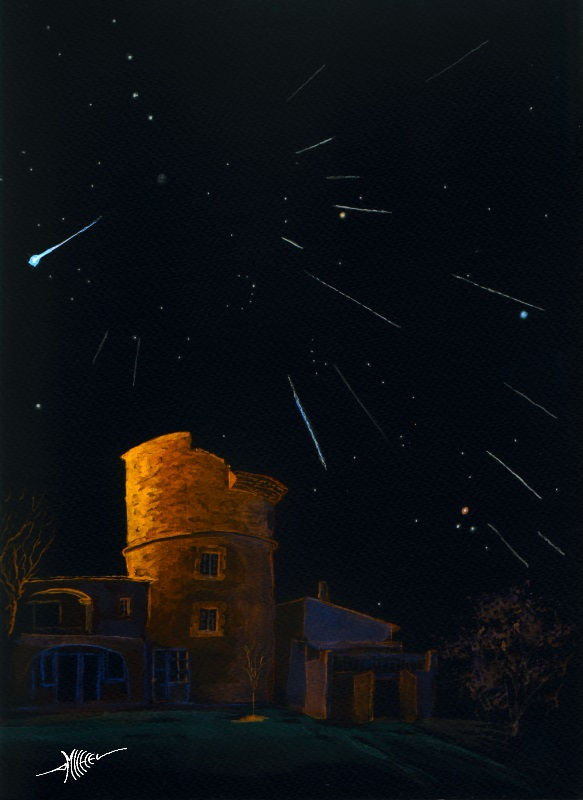
Our favorite artist Michel Deconinck shares his impression of the 2020 Quadrantid meteor shower as seen on the morning of…
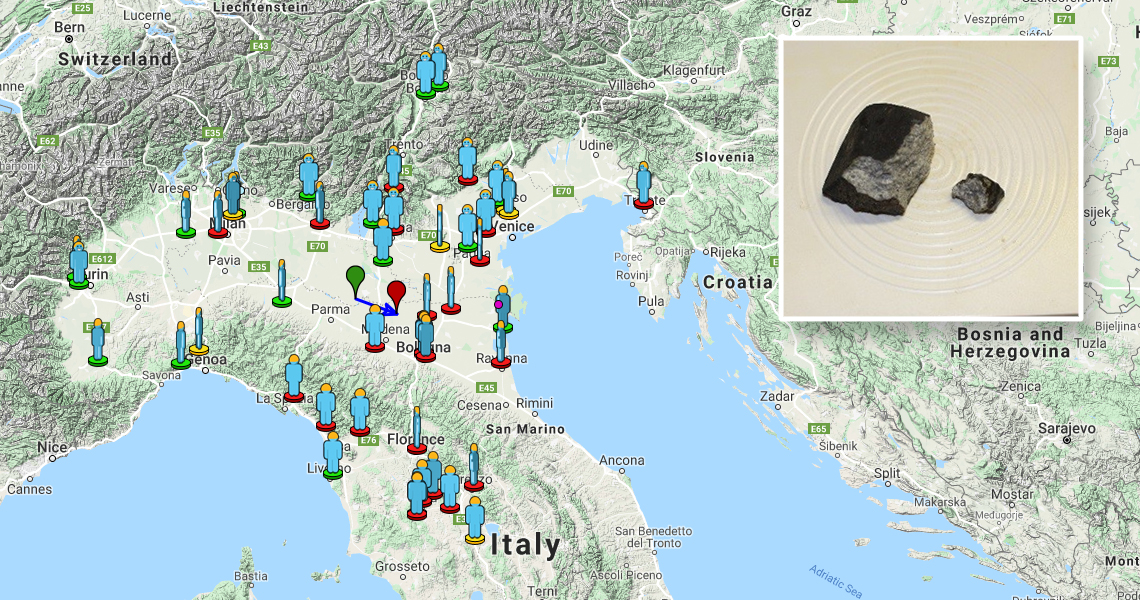
So far, two 55g meteorites have been recovered from a fall that happened over Italy on January, 1st. This fall has been caught on video by the French/Italian fireball camera network Vigie-Ciel/FRIPON & PRISMA.
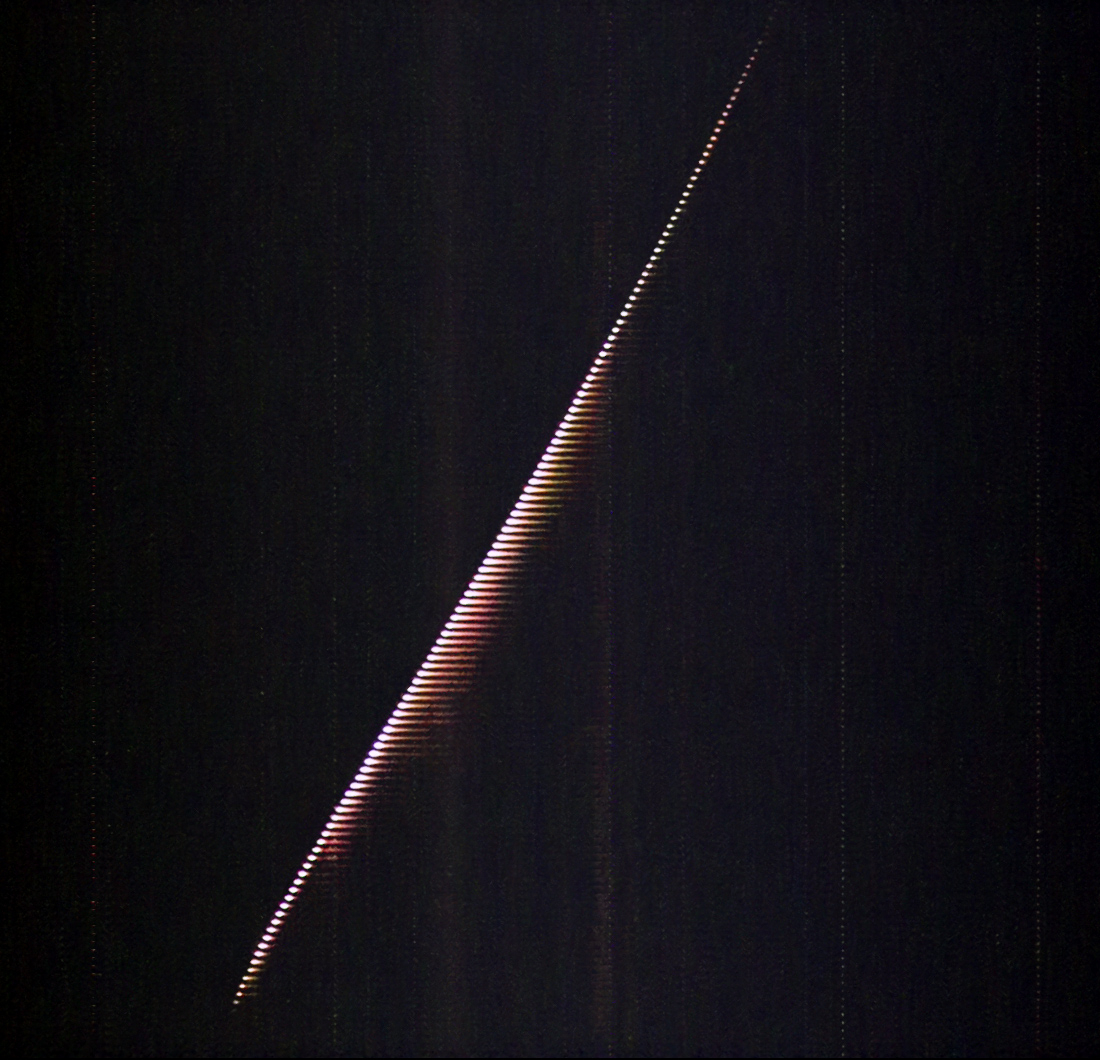
During this period the moon waxes from a half-illuminated phase to nearly full. This weekend the waxing gibbous moon will set during the early morning, allowing a few hours of viewing under dark skies.
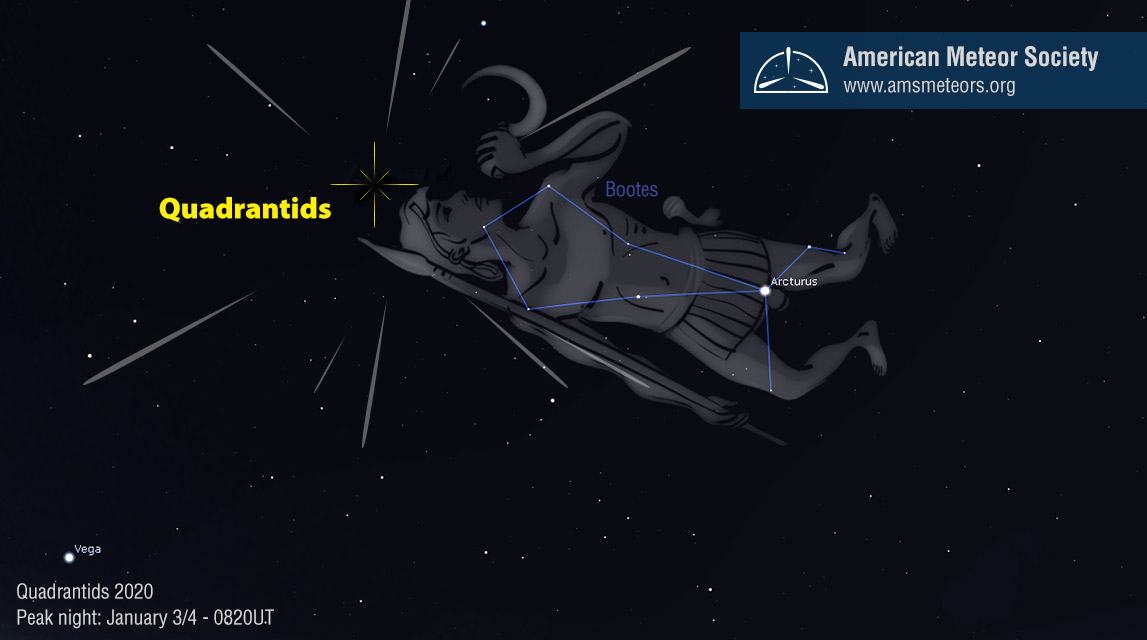
The Quadrantids can be one of the strongest displays of the year, yet they are difficult to observe. The main factor is that the display of strong activity only has a duration of about 6 hours. The reason the peak is so short is due to the shower's thin stream of particles and the fact that the Earth crosses the stream at a perpendicular angle.
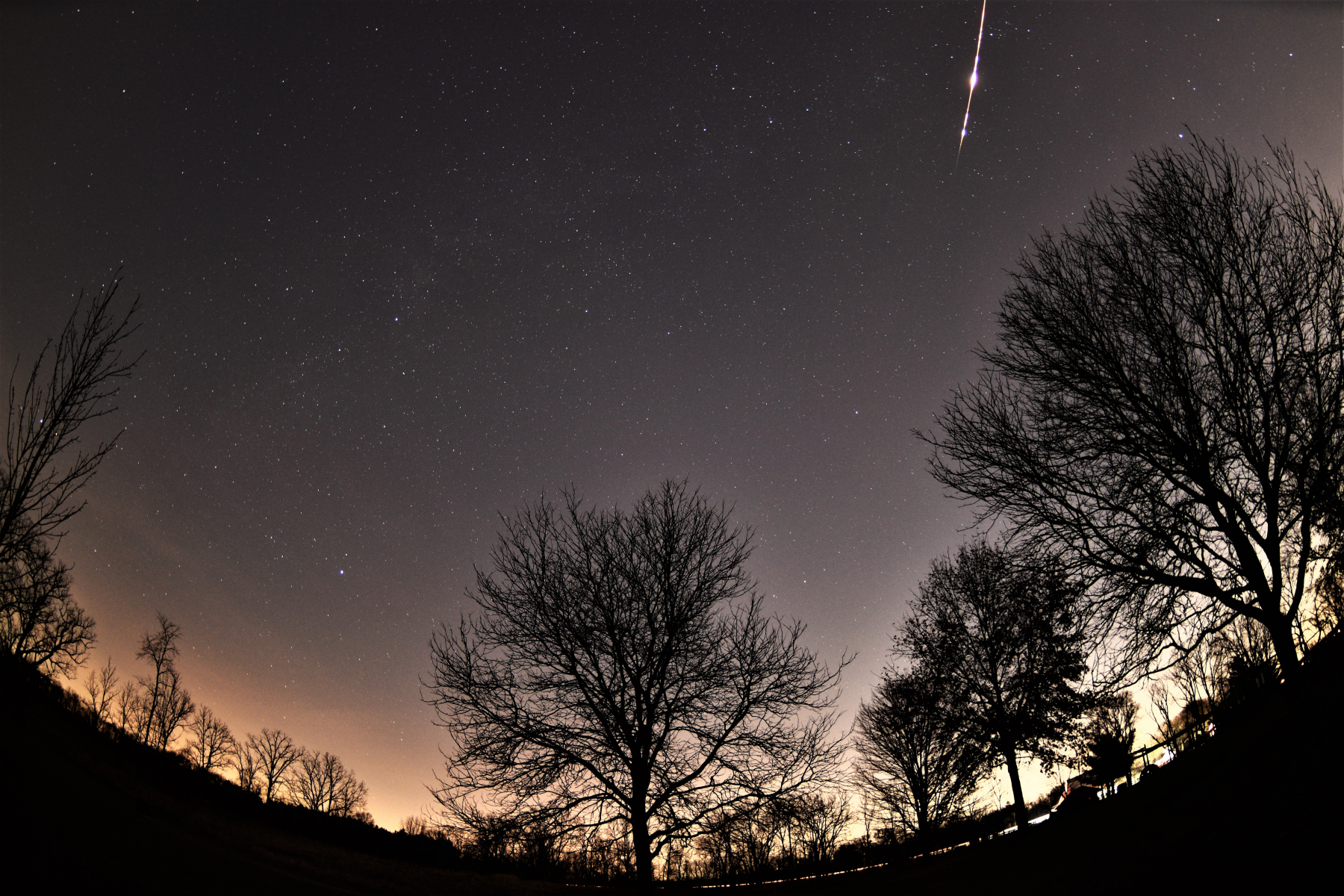
Samer Hariri captured this flaring fireball on December 23, 2019 at 18:58 EST from Northville, Michigan USA. ©Samer Hariri During…
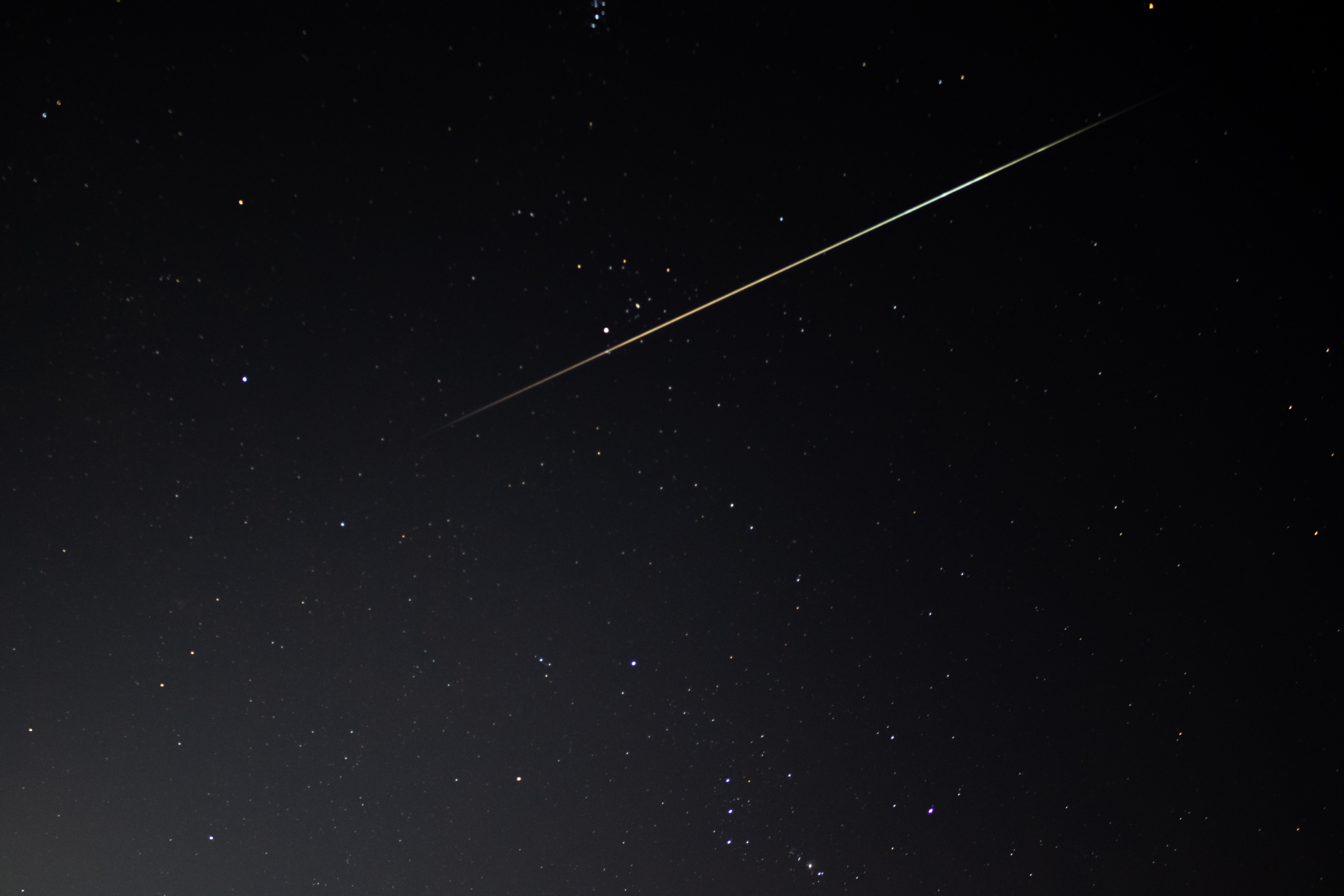
During this period the moon reaches its new phase on Thursday December 26th. At this time the moon will be located near the sun and will be invisible at night. This weekend the waning crescent moon will rise during the early morning hours but will not interfere with meteor observing as long as you keep it out of your field of view.
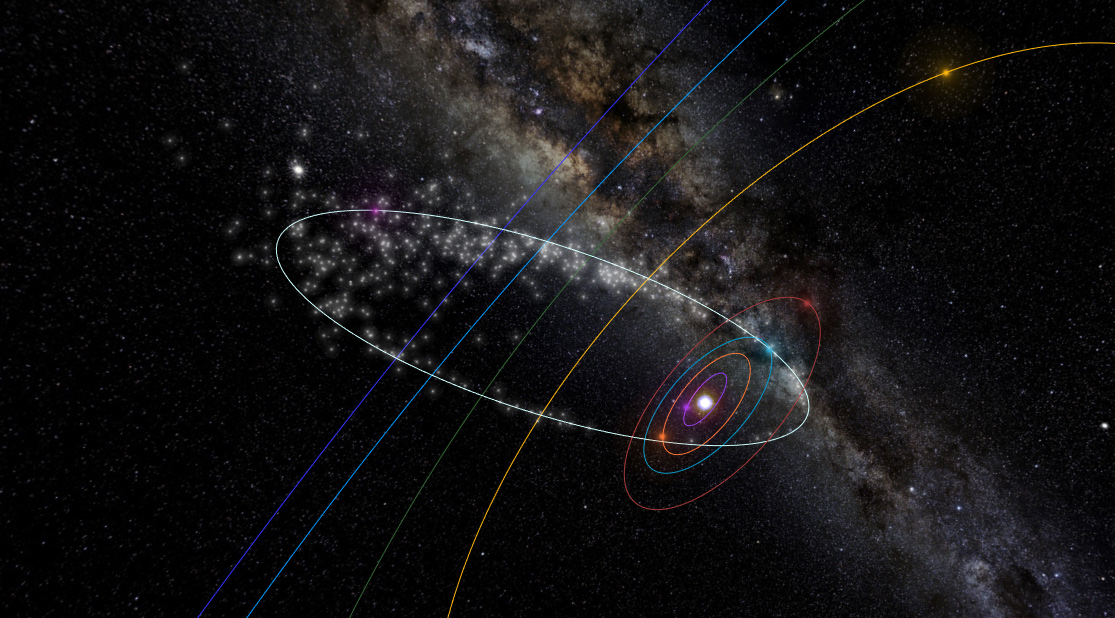
The Ursids are active from December 19-24 with a sharp maximum on December 22nd. Conditions are favorable for viewing the Ursids in 2019 as the moon’s phase will be a waning crescent situated in the constellation of Libra...
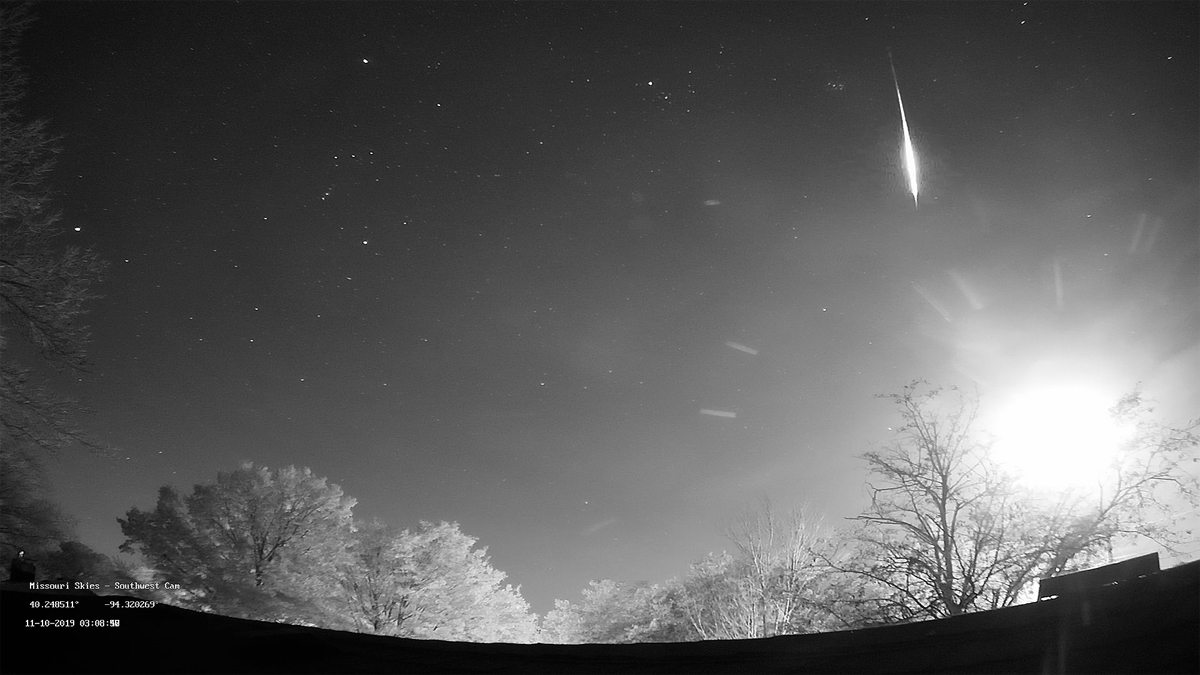
During this period the moon reaches its last quarter phase on Thursday December 19th. At this time the moon will be located 90 degrees west of the sun and will rise near 01:00 local standard time (LST). This weekend the waning gibbous moon will rise during the late evening hours and will make it difficult to view any meteor activity.
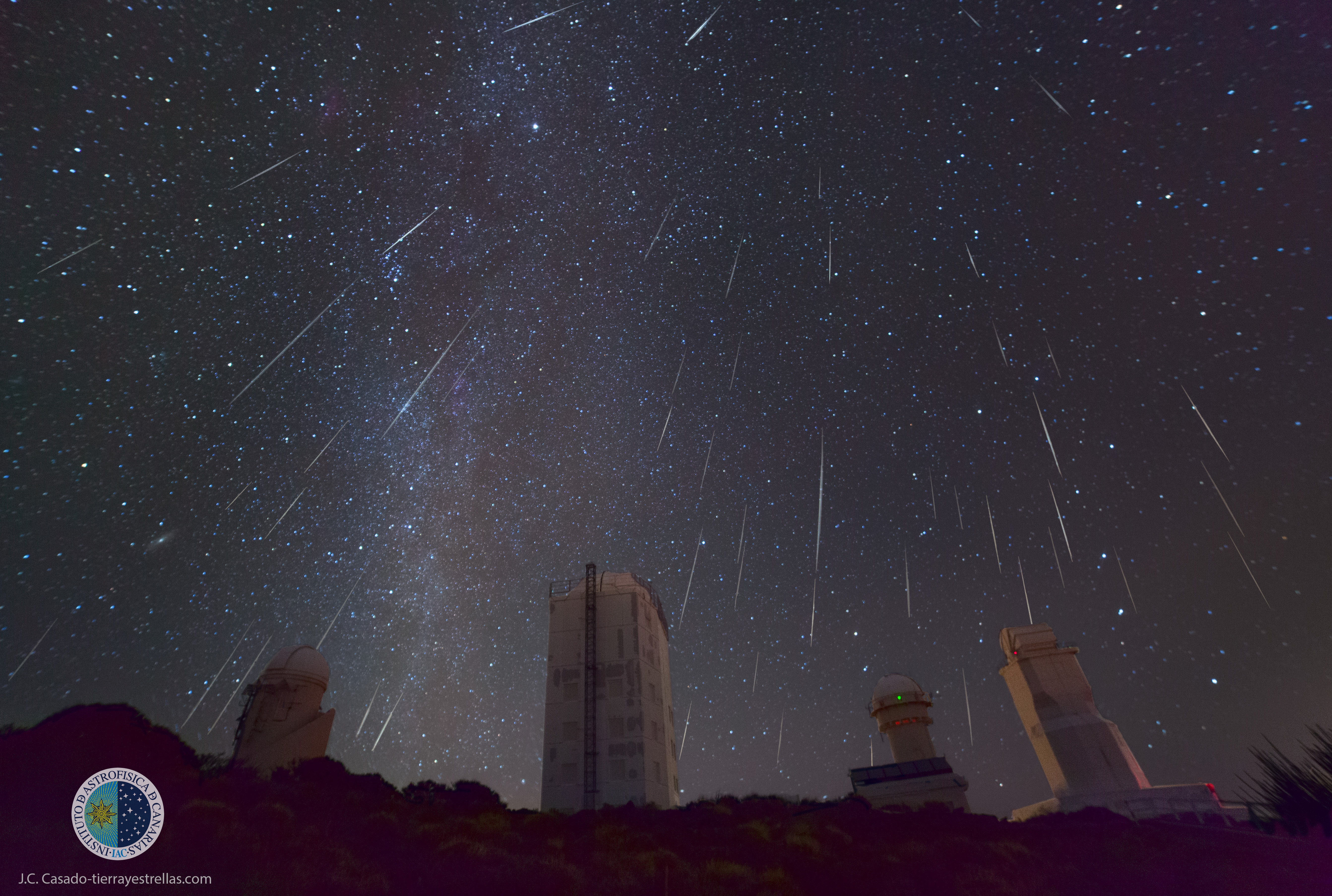
Everything you need to know to enjoy the most dependable meteor shower of the year (despite the moon)...
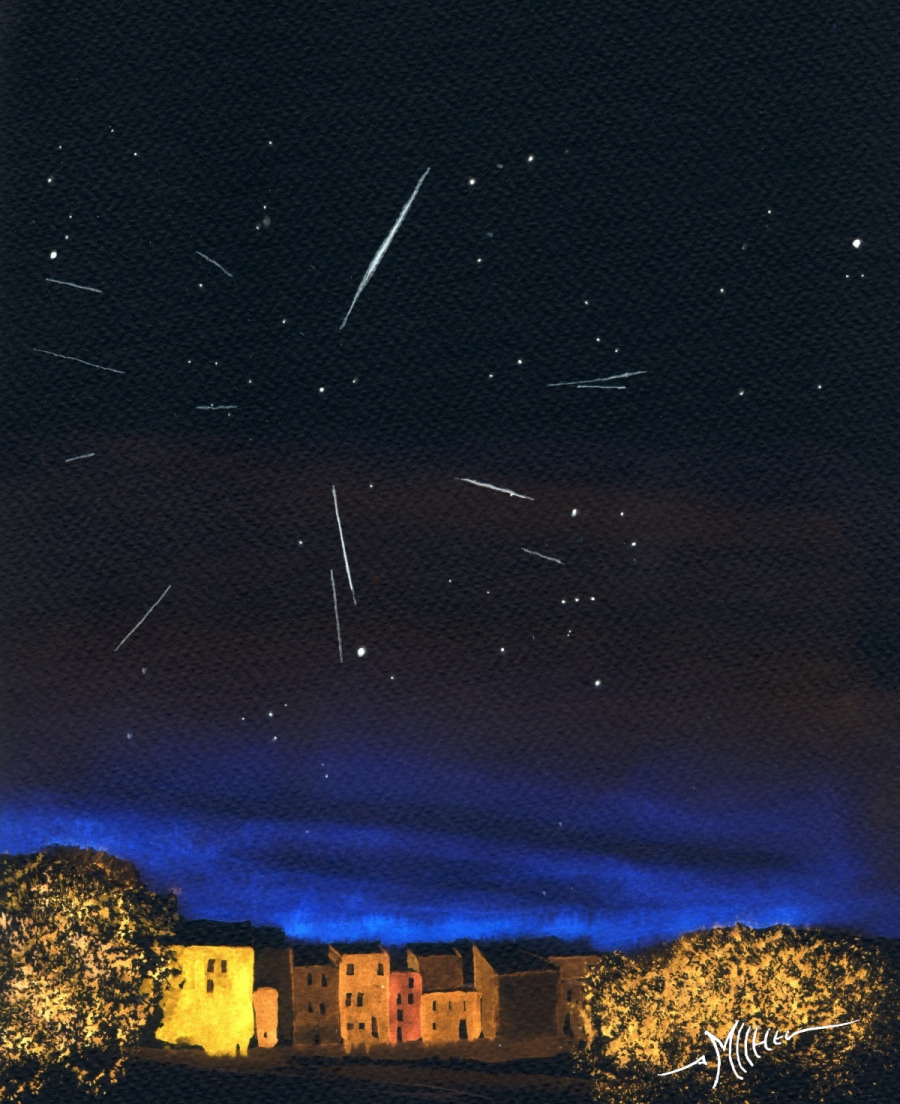
During this period the moon reaches its full phase on Thursday December 12th. At this time the moon will be located opposite the sun and will lie above the horizon all night long. This weekend the waxing gibbous moon will set a couple of hours before dawn allowing a quick session under dark skies before the onset of dawn.
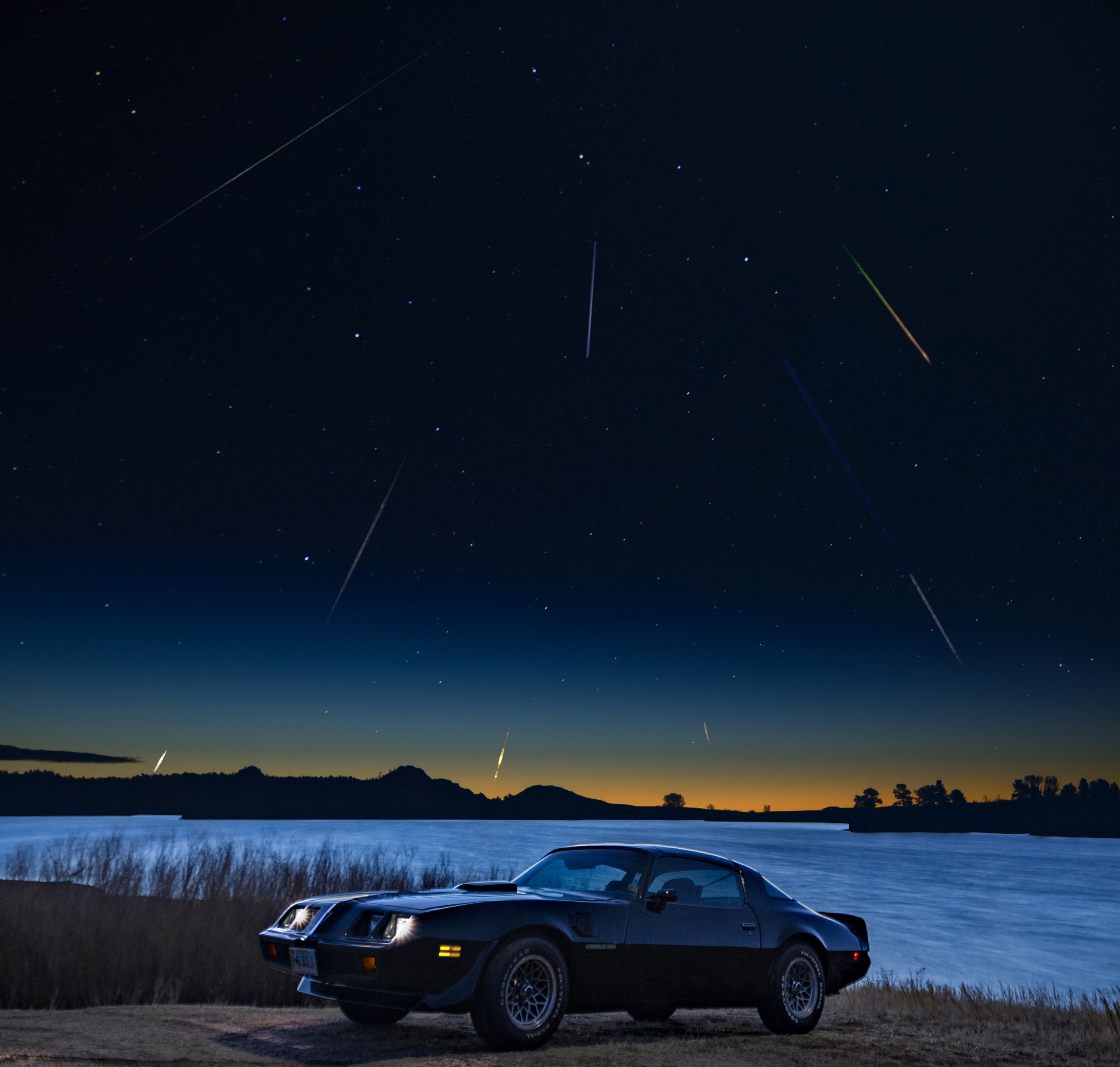
During this period the moon reaches its first quarter phase on Wednesday December 4th. At this time the moon will be located 90 degrees east of the sun and will set near 02:00 Local Summer Time (LST). This weekend the waxing crescent moon will set near midnight allowing the more active morning hours to be free of interfering moonlight.
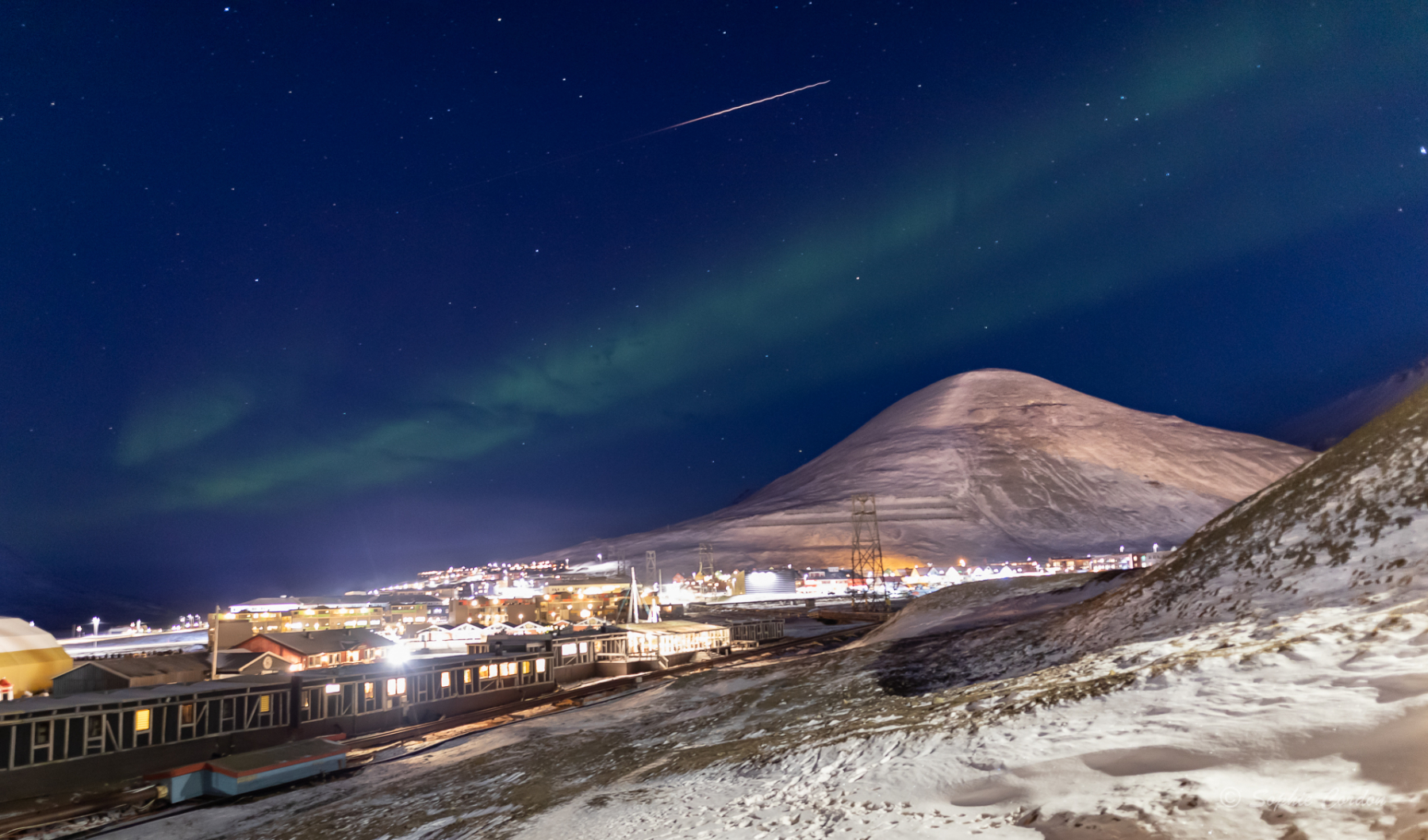
During this period the moon reaches its new phase on Wednesday November 27th. At this time the moon will be located near the sun and will be invisible at night. This weekend the waning crescent moon will rise during the morning hours but will not affect meteor observations as long as you keep it out of your field of view.
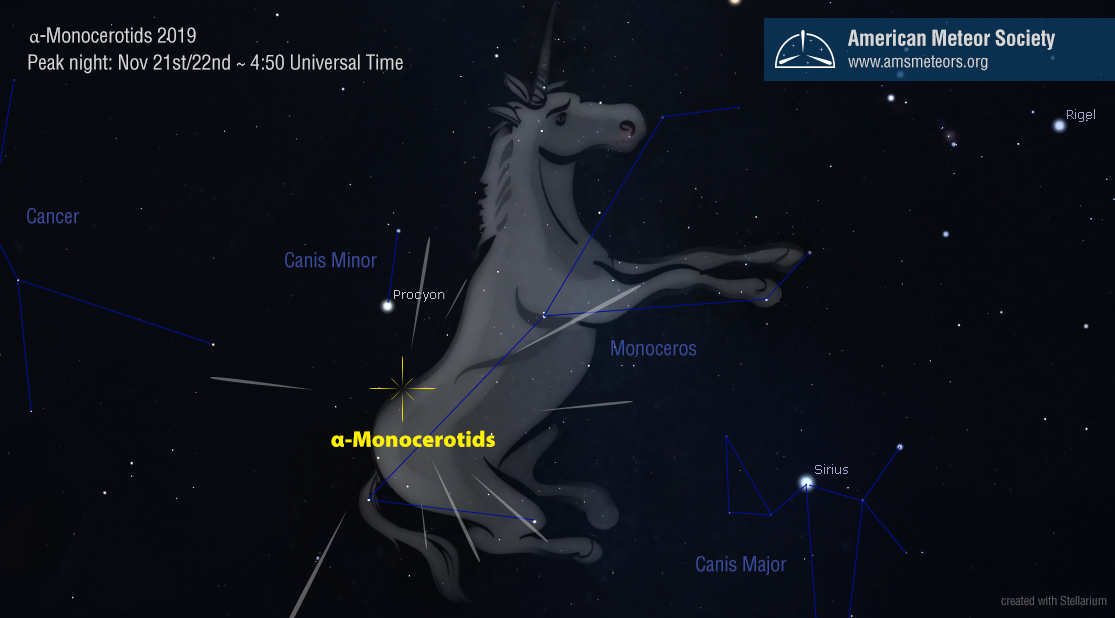
Well known meteor scientists Peter Jenniskens and Esko Lyytinen have predicted that there may be an outburst of the alpha Monocertoid meteor shower on the night of November 21/22, 2019.
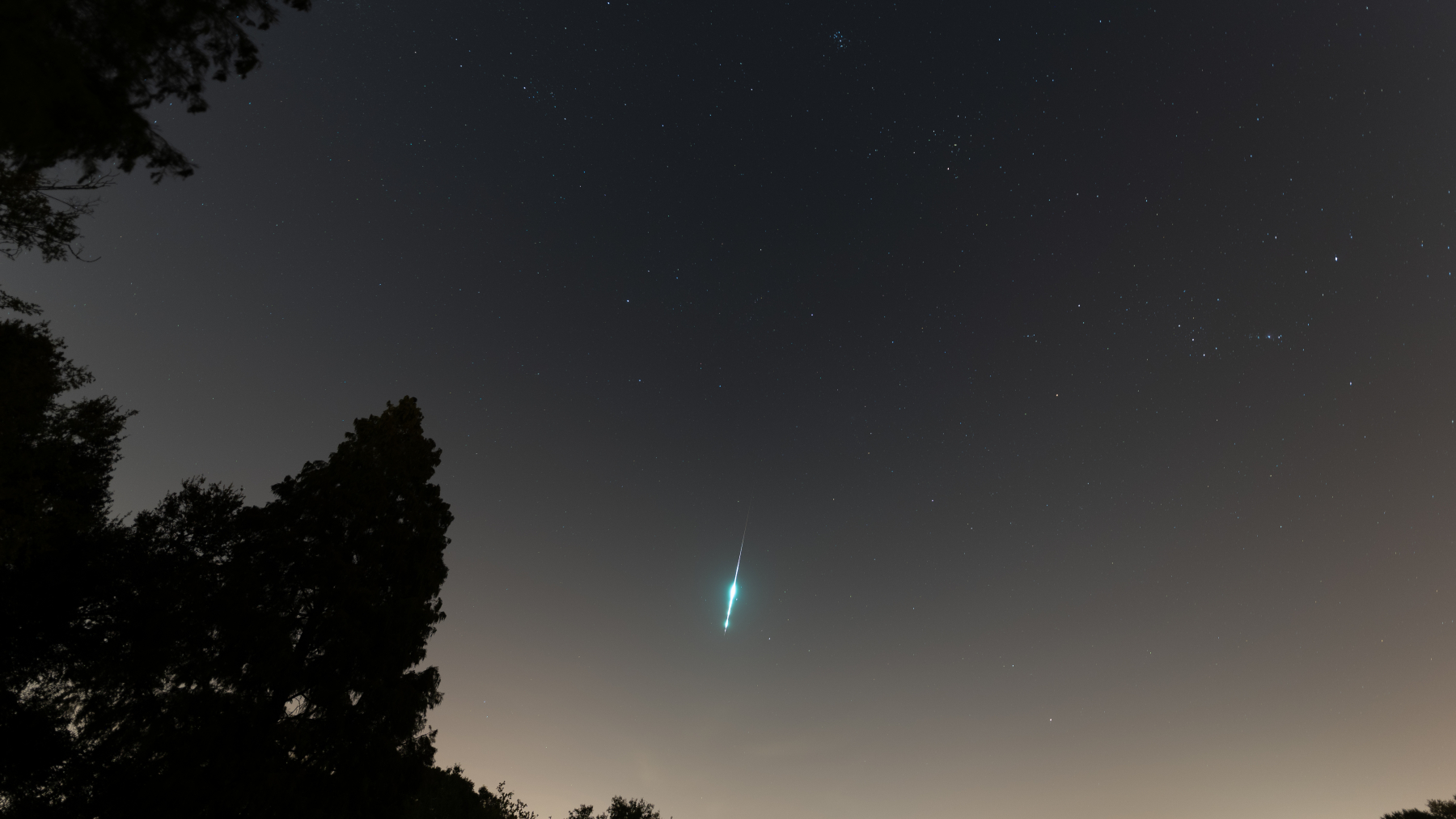
During this period the moon reaches its last quarter phase on Wednesday November 20th. At this time the moon will be located 90 degrees west of the sun and will rise near 0200 local standard time. This weekend the waning gibbous moon will rise just before midnight, ruining the sky for meteor observers the remainder of the night. Only late in the period will the moon allow meteor observers to achieve decent limiting magnitudes during the morning hours. One could always view during the moonless evening hours but rates are low at this time.
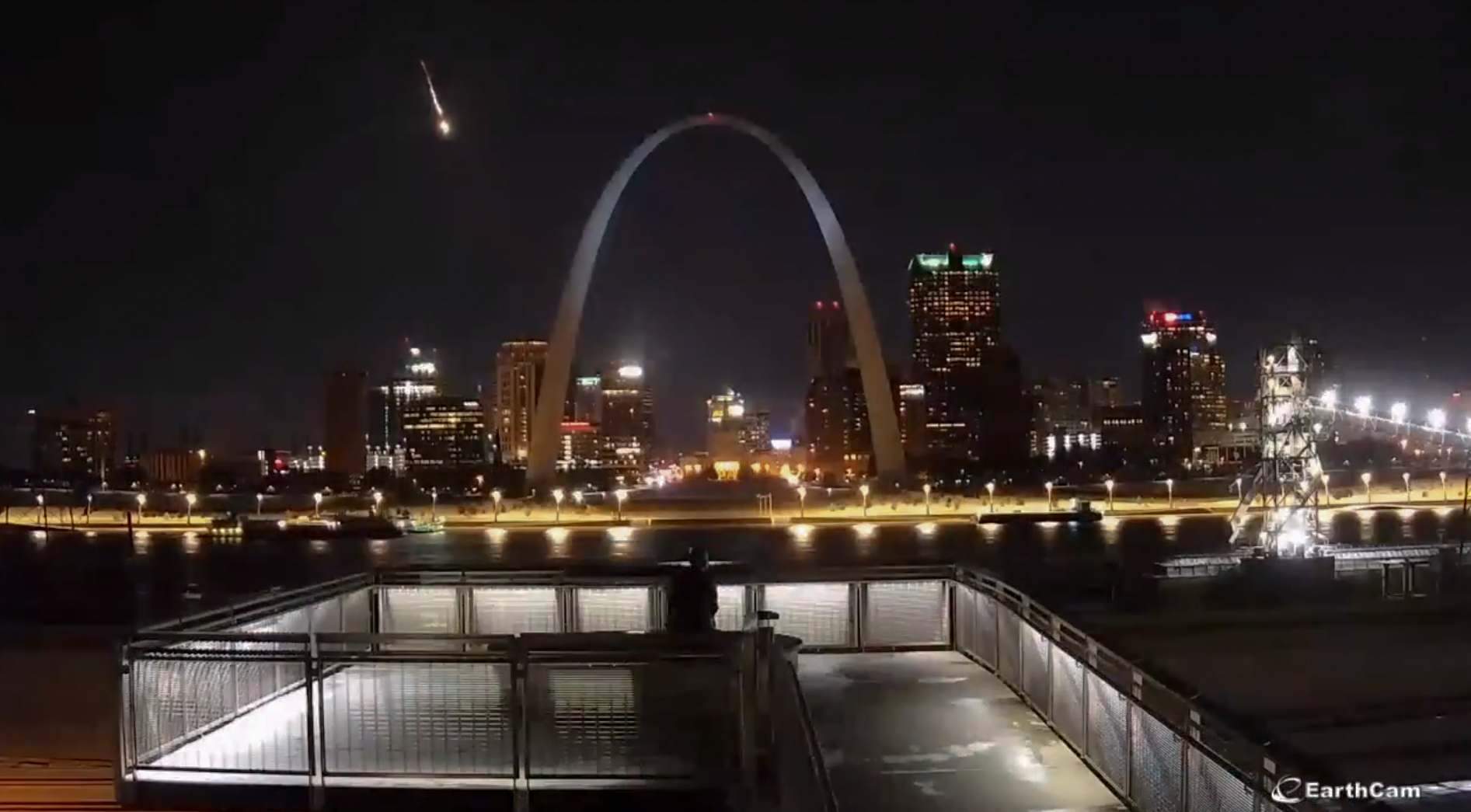
We received numerous reports and videos from a bright fireball spotted over St Louis, MO on November 11th.
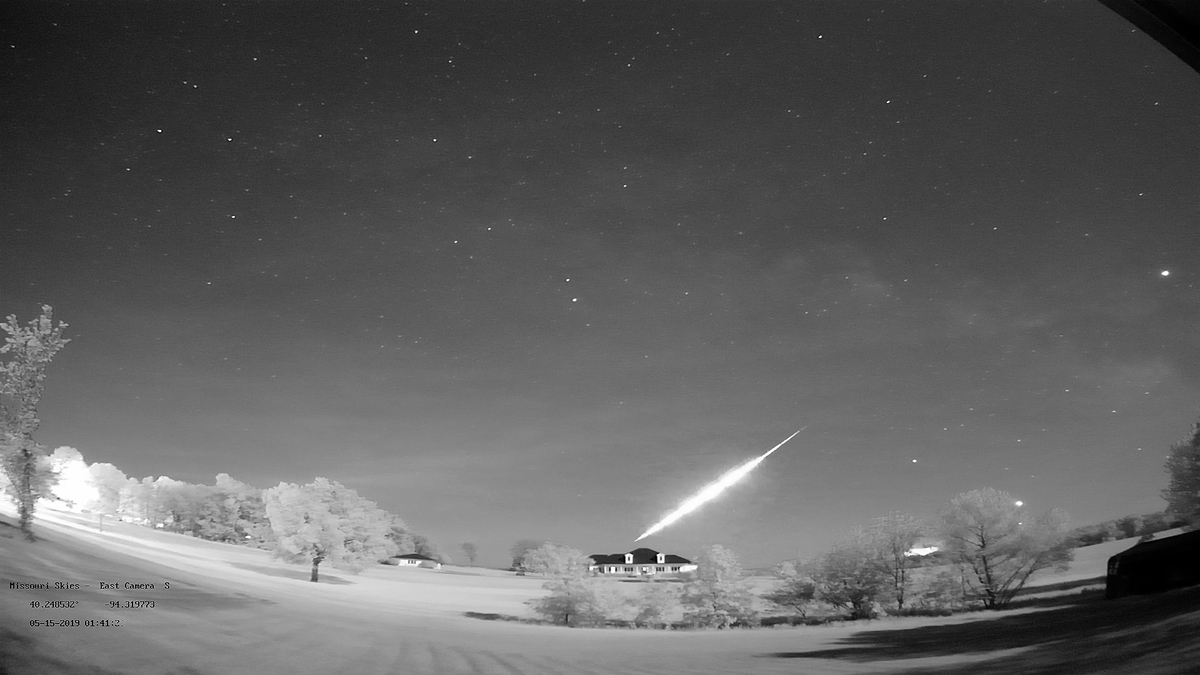
During this period the moon reaches its full phase on Tuesday November 12th. At this time the moon will be located opposite the sun and will lie above the horizon all night long. This weekend the waxing gibbous moon sets just before dawn allowing some observing before dawn to view under dark conditions.
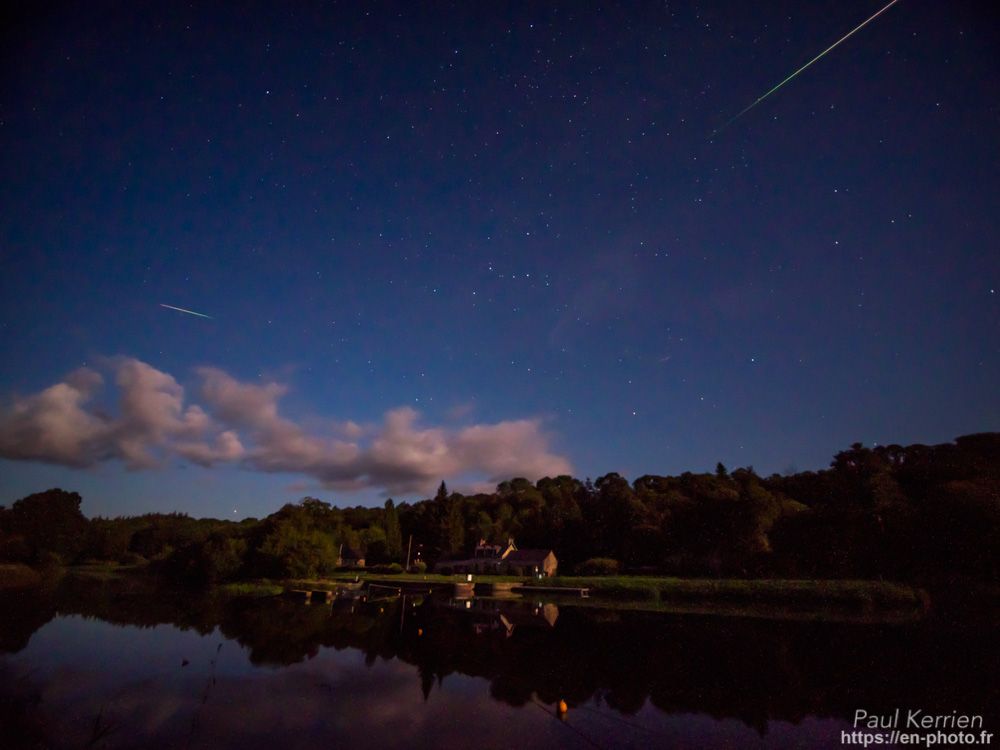
During this period the moon reaches its first quarter phase on Monday November 4th. At this time the moon will be located 90 degrees east of the sun and will set near 0200 local summer time. With each passing night the dark window between moon set and dawn shrinks so by next weekend there is little time for viewing in a dark sky.